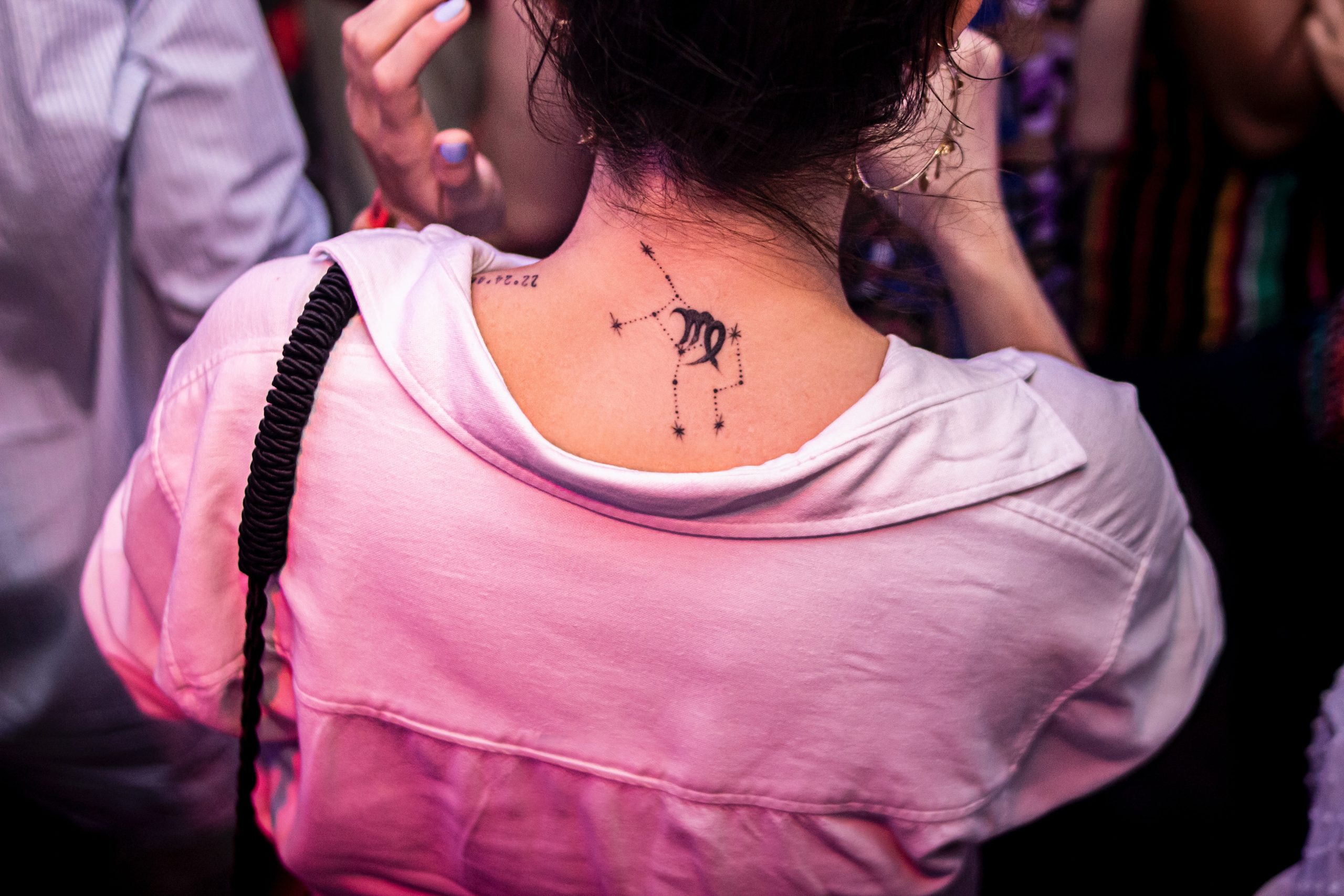Celtic Traditions in Ireland: A Journey into Ancient Gaelic Culture
When one thinks of Ireland, images of rolling green landscapes, ancient castles, and lively pubs often come to mind. But beyond the popular tourist destinations, there lies a rich tapestry of cultural heritage deeply rooted in the Celtic traditions of Ireland. These ancient customs, rituals, and beliefs have shaped the nation’s identity and continue to resonate with its people to this day.
1. Origins of Celtic Traditions
The Celtic culture emerged in Europe around 1200 BCE and spread across the continent, including Ireland. The term “Celtic” refers to various tribal groups that shared common cultural characteristics, language, and spiritual practices. The Celts viewed the natural world as sacred, believing in an interconnectedness between humans, nature, and the divine.
The ancient Celts celebrated their connection to nature through seasonal rituals, offering prayers and sacrifices to honor the land and its fertility. These traditions were deeply ingrained in their daily lives, permeating everything from agriculture to warfare.
1.1 Celtic Mythology and Deities
Celtic mythology played a central role in the spiritual lives of the ancient Celts. Their pantheon of gods and goddesses embodied different aspects of the natural world and human experience. For instance, Brigid, the goddess of fire, poetry, and healing, represented the creative and nurturing powers of the earth.
Irish mythology tells captivating tales of heroic warriors, mystical creatures, and magical realms. The most famous epic cycle, the Táin Bó Cúailnge (The Cattle Raid of Cooley), recounts the exploits of the legendary hero Cú Chulainn. These stories not only entertained the listeners but also served as a way to convey important cultural values.
2. Celtic Festivals
Throughout the year, the Celts celebrated a series of festivals known as “cross-quarter days,” which marked the midpoint between solstices and equinoxes. These celebrations were deeply meaningful and offered an opportunity to honor the gods, commune with ancestral spirits, and seek divine blessings.
One of the most renowned Celtic festivals is Samhain, celebrated at the end of October. It marked the beginning of the Celtic New Year and the transition into the darker half of the year. Samhain was a time when the veil between the mortal realm and the Otherworld thinned, allowing spirits to freely roam the earth.
Today, Samhain has evolved into Halloween, but remnants of its ancient traditions can still be found in Ireland. It is a time when people gather to light bonfires, carve turnips or pumpkins into lanterns, and recount ghost stories. The festival preserves the sense of connection with the supernatural world and serves as a reminder of Ireland’s Celtic roots.
Other prominent Celtic festivals include:
- Imbolc (February 1st) – A celebration of the first signs of spring and the goddess Brigid.
- Beltane (May 1st) – A fire festival marking the beginning of summer and the fertility of the land.
- Lughnasadh (August 1st) – A festival of harvest and the god Lugh, symbolizing the importance of agriculture in Celtic society.
3. Traditions in Daily Life
Celtic traditions were not limited to festivals alone; they permeated everyday life. For example, the Celtic concept of hospitality, known as “filíocht,” emphasized the importance of generosity, welcoming guests, and fostering a sense of community. This tradition continues to influence Irish culture today, with the notion of “the cup of tea” being a symbol of warmth, hospitality, and friendship.
Another significant tradition was the practice of storytelling and preserving oral history. Bards, or “filí,” were highly regarded figures who memorized and recited ancient tales, passing down knowledge from one generation to the next. The oral tradition remains an essential part of Irish culture, with storytelling festivals and the Gaelic language preserving this ancient practice.
4. Celtic Art and Symbols
Celtic art is renowned for its intricate designs and symbolic representation of nature and spirituality. The most recognizable Celtic symbols include the Trinity Knot, the Celtic Cross, and the Claddagh ring.
The Trinity Knot, also known as the Triquetra, is a three-pointed knot symbolizing the interconnectedness of earth, water, and sky, as well as the past, present, and future. It is a potent symbol of Celtic spirituality and continues to be widely used in jewelry and artwork.
The Celtic Cross, often adorned with intricate knotwork, combines pagan and Christian influences and represents the meeting point of heaven and earth. It is a powerful symbol of faith and heritage for many Irish people.
The Claddagh ring, with its distinctive heart, hands, and crown, is a beloved Celtic symbol of love, loyalty, and friendship. It originated in the Claddagh village near Galway and remains a cherished symbol of Irish identity.
5. Preserving Celtic Traditions
While Ireland has evolved over the centuries, its Celtic traditions continue to play an important role in contemporary culture. Efforts are being made to revive and preserve ancient customs, ensuring their survival for future generations. Festivals such as the Fleadh Cheoil and the St. Patrick’s Festival showcase traditional Irish music, dance, storytelling, and poetry.
Furthermore, the Irish government recognizes the value of protecting and promoting Celtic traditions. Organizations such as Culture Ireland support the development of Irish artistic talent and promote Irish culture abroad.
Conclusion
Steeped in a deep sense of spirituality and reverence for nature, Celtic traditions in Ireland continue to shape the country’s identity and cultural landscape. By understanding and celebrating these ancient customs, we gain insights into the rich tapestry of Ireland’s past and present. Whether through festivals, art, storytelling, or the simple act of extending hospitality, the Celtic traditions of Ireland remain an enduring thread connecting modern-day Ireland to its ancient Gaelic roots.
Table of Contents
